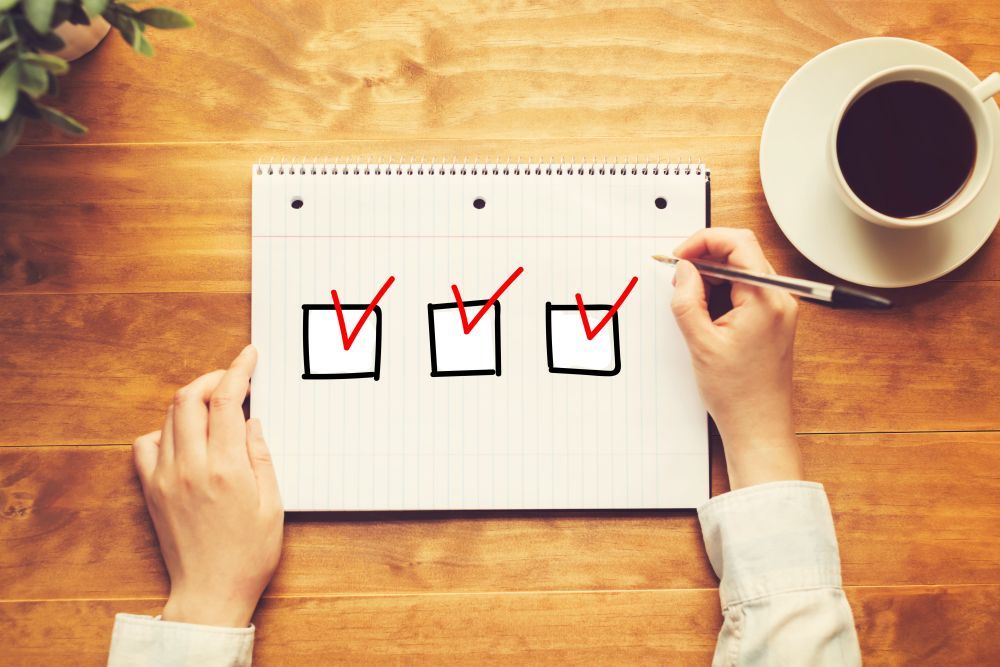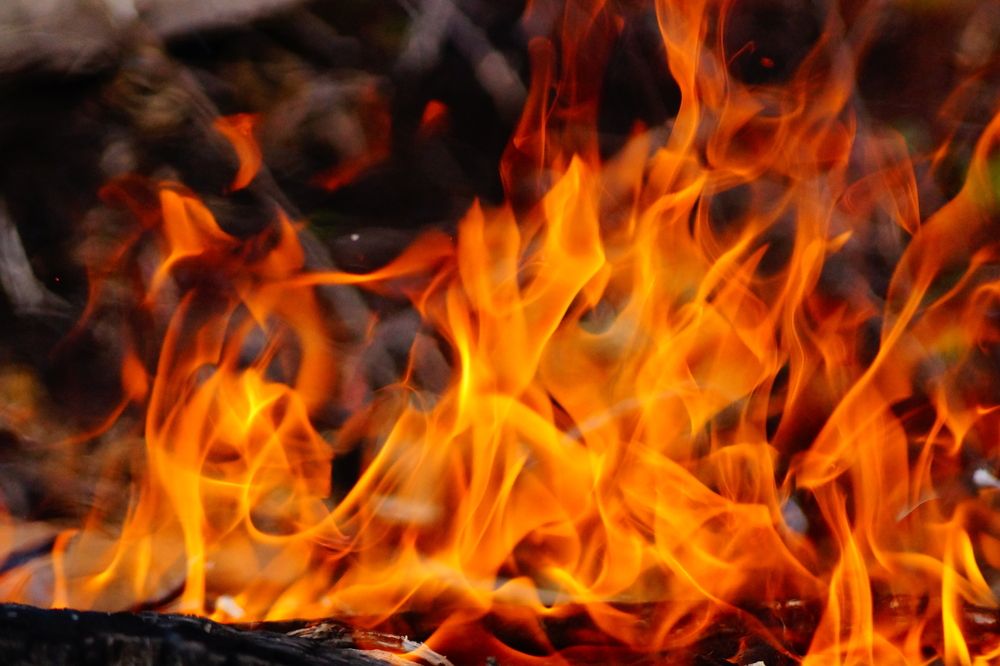Article
Puerto Rico Se Levanta (“Puerto Rico Rises”): From Denial and Passivity to Action and Hope
Author(s):
Hurricane Maria was the wakeup call many Puerto Ricans needed to become active in social justice efforts. Their story serves as an example of transformational resilience.
Climate change contributes directly to the formation of stronger, wetter storms that move more slowly over inland populated areas.1 During 2017, Hurricanes Irma and Maria caused great hardship and trauma that Puerto Ricans and those who care about Puerto Rico will never forget.
In addition to storms, Puerto Rico faces other climate-related events, such as extreme heat, flooding, erosion, air pollution, sea level rise, and droughts, which affect disaster response and recovery efforts. The international attention following the hurricanes also unveiled many social determinants of health that Puerto Rican communities already faced, such as systemic oppression, poverty, inequality, and lack of political power.2 Some of these determinants are also the reasons why thousands of citizens have been protesting in the streets of Puerto Rico recently.
I was born and raised in Puerto Rico and lived there until 2009. My parents and many loved ones still live on the island. Although I was not there when the hurricanes hit, I felt their impact, perhaps not physically but vicariously. First was the agony of not knowing for 2 weeks whether my father and his wife were safe after Maria, then the guilt of not being there or do more to help. I listened to stories of how this disaster affected the lives of my family, friends, and the communities I had the privilege to support through my post-Maria volunteer work.
As a member of CrearConSalud, Inc., an organization dedicated to mental health awareness and education, I was able to work with several underserved communities, mostly rural, in the process of healing and recovering emotionally after the hurricane. Unfortunately, Puerto Ricans were not only recovering from a climate disaster. They were-and still are-coping with an ongoing socioeconomic crisis, the consequences of the island’s long-term colonial status, and the effects of man-made climate change long before Maria touched our shores.
Hurricane Maria was a turning point in which the last string keeping many conditions and emotions on the island from falling apart broke. On the other hand, it was also the wakeup call many Puerto Ricans needed to become active in social justice efforts, both on the island and abroad. Some Puerto Ricans were able to use this traumatic event as a catalyst to transform their communities to become sustainable, stronger, and self-sufficient. They used the lessons of Maria to re-invent themselves and to prove false the assumption that “Puerto Rico needs to depend on another country to thrive.” Their story serves as a wonderful example of transformational resilience.
Emotional phases of disaster
Mental health experts have described the emotional phases that communities typically go through after the impact of a disaster (Figure)3:
• Heroic
• Honeymoon
• Disillusionment
• Reconstruction
Educating community leaders about these phases has been a fundamental part of the workshops we provide to support the emotional recovery process. Many feel reassured and more grounded to know that they are not alone in going through their emotional roller coaster rides and that they are not “crazy” or mentally ill because of what they are feeling.
Puerto Rico Se Levanta, or “Puerto Rico Rises,” was a slogan used by survivors to help foster a sense of resilience during the first 3 months after Hurricane Maria. It also aptly describes the heroic and honeymoon emotional phases that we collectively went through during this period, both on the island and within the diaspora.
The honeymoon phase consists of strong community cohesion, hope, and teamwork. During this phase, which can vary in length of time depending on individual variability of emotional resilience, we saw a unity in Puerto Ricans that we had not seen for a long time. Neighbors who never spoke to one another worked together. Organizations that competed with each other or never collaborated became partners. Many of those who rejected the Puerto Ricans who had left the island as having abandoned it for a better life were now willing to embrace them and praised their efforts to help from abroad. Some families that were strained and divided reconciled and reunited, although many became separated geographically.
This was a temporary antidote to facilitate the recovery from the catastrophe that Maria caused. It also led many to confront governmental incompetence, to relieve the wounds of immigration, to build a new sense of patriotism, and to courageously address the consequences of a fiscal austerity plan that affects most Puerto Ricans to this day. However, as with most honeymoon phases, this period did not last long, since it requires a great deal of endurance and stamina to rebuild, recover, and grieve at the same time, while consistently maintaining hope, unity, and positivity.
Eventually, most humans go through different degrees of emotional burnout, despair, negativity, and irritability after enduring such an intense level of trauma. This was particularly true for first responders; for those who lost relatives, became ill, or lost their homes; and for community leaders who continually supported those most affected and sometimes acquired roles for which they were not trained, in public health initiatives and basic disaster response endeavors that are usually led by government agencies. These community leaders often experienced significant trauma from their own losses and limitations, as we heard during the 11 workshops that our CrearConSalud team conducted with non-profit organizations, churches, and other community groups.
Disaster survivors tend to enter the stage of disillusionment 3 to 6 months after the impact. Puerto Ricans were hit hard by such a letdown as we realized that community cohesion and individual resilience are not enough. During this phase, people often go through a steep decline into emotional lows and then their optimism starts to rise, but more slowly than before.
Many become further disillusioned when they experience “trigger events,” so-called re-traumatization. In Puerto Rico, trigger events occurred almost daily, and some recur to this day. Initially, the island endured chronic absence of electricity and water for many months, and Puerto Ricans still experience intermittent interruptions in these vital services. There were also periods of severe rain shortly after the hurricane that caused more floods, more road closures, delays in re-establishing communication, and additional lost days of work and school for many. There was poor telecommunication through phones and Internet access for months. Several public health crises, such as a leptospirosis outbreak and increased suicide rates, emerged.
The compounded socioeconomic consequences of economic hardship and lost jobs and homes still weigh heavily on the population. The limitations in public health care and socioeconomic conditions highlighted by the hurricane are worsening because of corruption and austerity measures implemented by a fiscal control board assigned by Congress to find ways for Puerto Rico to pay for a public debt that was never fully audited. These measures have led to school closures, increased sales taxes, cuts in funds for the island’s public university, and plans to implement reforms that will limit access to health care-all of which make it even more difficult for Puerto Ricans to overcome the consequences of the disaster.
Amidst this austerity plan, I have witnessed how some Puerto Ricans are slowly regaining a sense of hope, replenishing energy, and building stronger emotional stamina. They are moving beyond the disillusionment phase and entering the long-term phase of reconstruction. This phase usually starts around the anniversary of a disaster and involves a long process of coming to terms with what happened, adapting to how things are after the disaster, reinventing within the limitations of long-term consequences, coping with setbacks, and continuing to readjust as needed.
Next: transformational resilience >>
Transformational resilience
According to the concept of transformational resilience, this process can go very well only if a community has the psychological capacity to work together in transforming themselves.4 In my experience of providing support to Maria survivors, it would be very difficult to do so without sufficient resources, a network of support, and healthy self-esteem. Many leaders of the programs and non-profit organizations that we collaborate with are focusing on building those key aspects first through community empowerment initiatives. The concept of autogestión (“self-management” in English) has emerged on the island as a more proper term than “resilience” for some mental health clinicians to describe what is needed to succeed in the recovery process post-Maria and post-fiscal crisis.
Empowerment and advocacy efforts are also needed to achieve transformational resilience because most citizens lack key resources and political power to demand their civil rights and access to such resources. In some cases, they also lack a sense of communal self-respect that is key for transformational resilience. Furthermore, the popular definition of resilience can be systemically manipulated into deferring the responsibility of providing resources for recovery onto the same underserved and oppressed communities that have suffered the harshest impacts of both disasters: Maria and the fiscal crisis.
I have witnessed a process in which many Puerto Ricans are uniting to build a sense of communal love for themselves; comradery; strategies of socio-political and economic activism; systems of sustainable access to food and energy, such as solar power and agricultural cooperatives; and social and solidary economic projects. Re-discovering their core values, demanding justice and transforming into self-reliant and sustainable entities, some Puerto Rican communities and organizations have become stronger than ever. The replication of such efforts will be fundamental for Puerto Ricans to maintain and protect their capacity to live decently on the island, amidst a worsening environment of systemic oppression and harsh austerity measures that have forced thousands to leave.
Dr Cabán-Alemánis Assistant Professor of Psychiatry and Behavioral Health at Herbert Wertheim College of Medicine, Florida International University (FIU), in Miami; and Director of Behavioral Health Services for the FIU Student Health Center. She is also a founding member of the Climate Psychiatry Alliance and an American Psychiatric Association representative to the Medical Society Consortium on Climate and Health.
Disclosures:
Dr Cabán-Alemán reports no conflicts of interest concerning the subject matter of this article.
References:
1. Hall TM, Kossin JP. Hurricane stalling along the North American coast and implications for rainfall. Climate Atmospheric Science. 2019;2:17.
2. Compton MT, Shim RS, eds. The Social Determinants of Mental Health. Arlington, VA: American Psychiatric Publishing; 2015.
3. DeWolfe DJ. Training Manual for Mental Health and Human Service Workers in Major Disasters. 2nd ed. Rockville, MD: US Department of Health and Human Services, Substance Abuse and Mental Health Services Administration, Center for Mental Health Services. 2000. HHS Publication No. ADM 90-5382000.
4. Doppelt B. From Me to We: The Five Transformational Commitments Required to Rescue the Planet, Your Organization, and Your Life. Abingdon, UK: Routledge; 2017.






